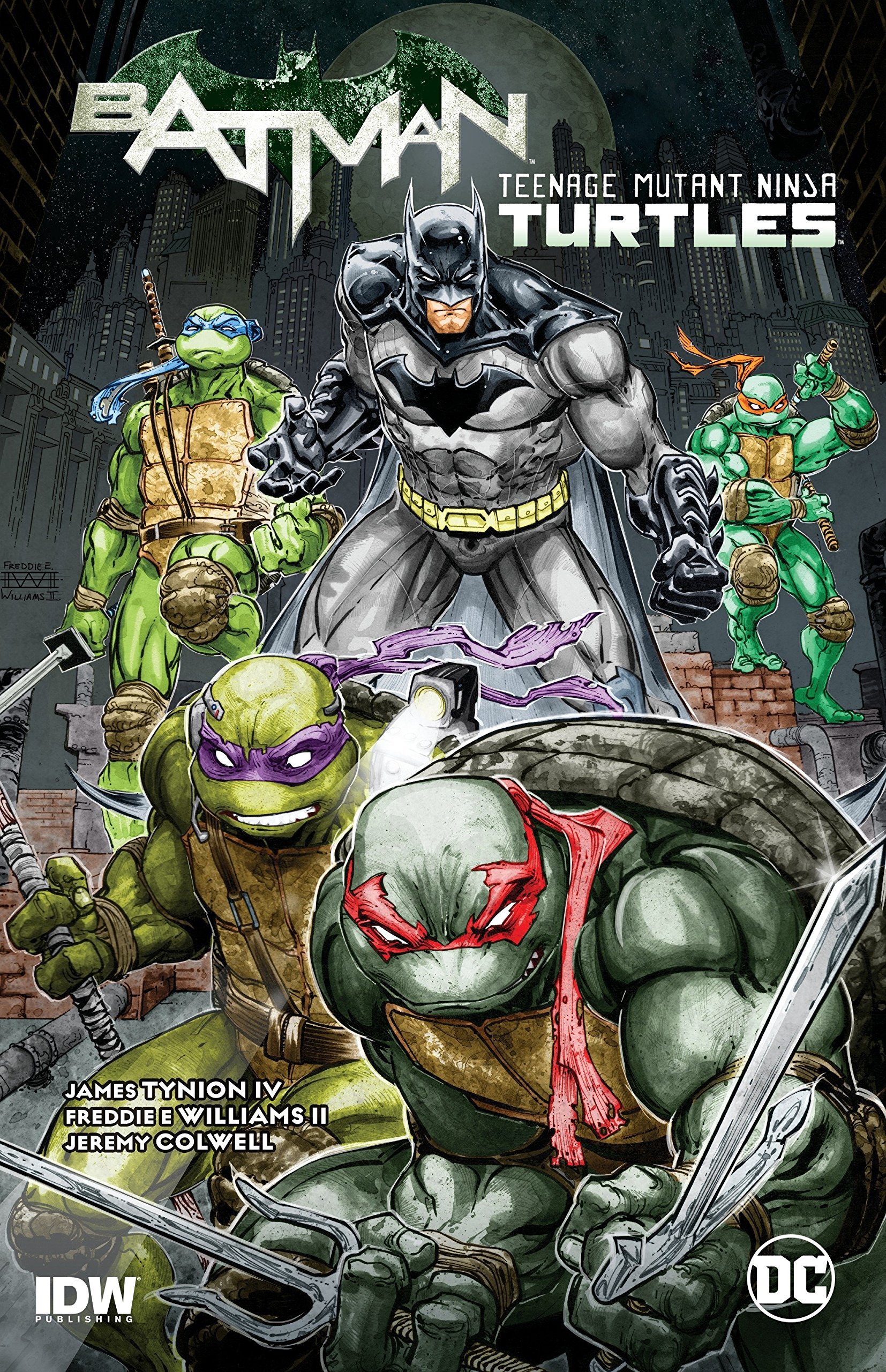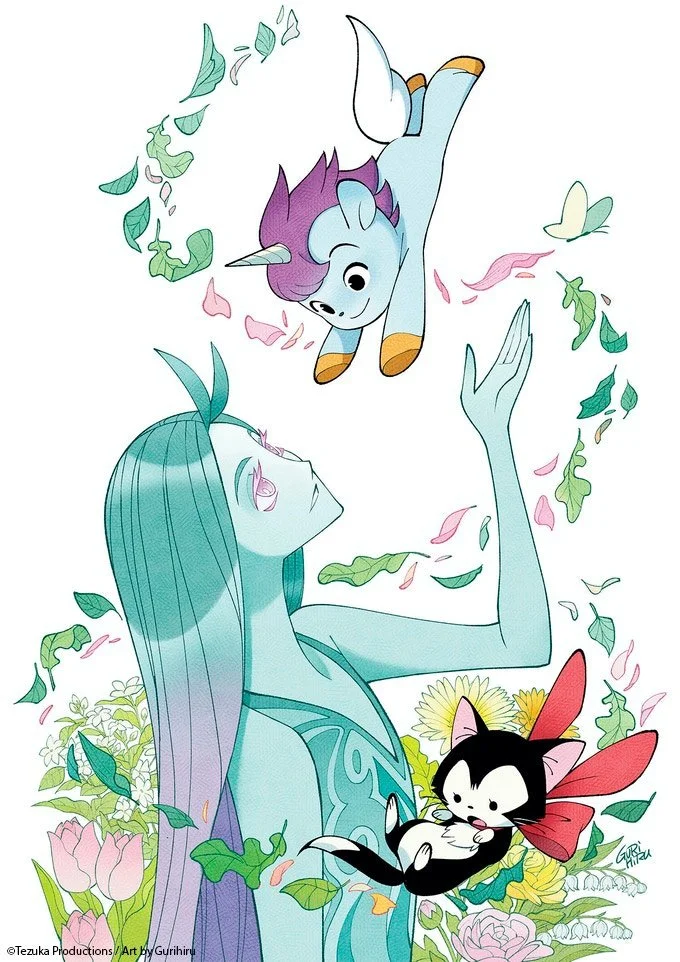Man Without Fear...By The Year: The 2003 Daredevil Movie
By Bruno Savill De Jong — I should note I watched the allegedly superior “Director’s Cut” version of Daredevil for this review.
Before the current domination of the MCU and other comic book adaptations, a superhero craze had been bubbling since the early 2000s. Comic book films had been popping up with increasing frequency since Tim Burton’s Batman in ’89, to varying degrees of success, but the wave seemed to break after audiences rejected Joel Schumacher’s ultra-camp Batman and Robin in ’97. At least for 2 years, as Marvel Comics’ bankruptcy not only led to them relaunching certain titles under Marvel Knights (particularly “restarting” Daredevil) but selling off a plethora of character rights for film adaptations. Sony acquired the lucrative Spider-Man movies, while 20th Century Fox adapted X-Men, and New Regency created 2003’s Daredevil.
The Daredevil movie is representative of the early 2000s in several ways. Compared to current superhero films, Daredevil is much more condensed, running through the origin of Matt Murdock (Ben Affleck) before skipping ahead to him as a fairly well-established (or even disillusioned) urban vigilante. There’s also a Fight Club reference. The movie is maybe most infamous for its nu-metal soundtrack, featuring Rob Zombie, Seether, Hoobastank, Nickleback, and was the debut of Evanescence’s “Bring Me To Life.” Such a soundtrack has forever associated this Daredevil with the try-hard, angst-filled edgy ethos of the early 2000s, and while the film is less embarrassed of its comic book roots than, say, X-Men, its compromise of dimly lit violence and excessive leather leaves the movies stuck in a middling position.
This Daredevil appears angry and embittered at the world he’s meant to protect. Affleck dryly monologues about “serving justice,” but we rarely see Daredevil “save” anyone so much as stalk lackey Quesada (Paul Ben-Victor) – a nod to the Marvel Knight’s editor and artist – and have him bisected by the C Train. Matt is dumped over the phone by his girlfriend Heather (another reference for comic followers) due to his closed-off nature, and we see him sleeping in a sensory deprivation tank and preferring the off-peak hours of the church. Daredevil can be an aggressive, even antiheroic, character in the comics, but the film version pushes his darkness into almost irredeemable depths (especially since Affleck seems so discordantly chipper as Matt Murdock).
It's unsurprising that Daredevil’s cinematic adaptation would involve Frank Miller’s triumvirate of Elektra (Jennifer Garner), Bullseye (Colin Farrell) and The Kingpin (Michael Clarke Duncan). Miller’s reputation had been solidified by 2003, and his now iconic run circled around these three characters. Karen Page (Ellen Pompeo), despite spanning most of Daredevil’s comics career, only gets a miniscule supporting role. Still, to its credit, Daredevil does capture the specifics of Matt’s childhood origin and his adult occupation as a pro-bono lawyer with Foggy Nelson (Jon Favreau), streamlining the comic source material so that Kingpin is responsible for the death of both Matt and Elektra’s fathers.
The actual plot of Daredevil follows the expected beats of Daredevil trying to pin down the vindictive Kingpin while falling for the feisty Elektra. Daredevil also borrows the gritty tone from Frank Miller, with Hell’s Kitchen being a corrupt and neglected neighbourhood, with Daredevil descending into Josie’s Bar (rendered as a rough biker hangout) to brutally exact information. Daredevil even replicates the iconic panel of Bullseye stabbing Elektra with her own sai. But aside from Miller, Daredevil also takes inspiration from Kevin Smith’s Guardian Devil in its imagery, Catholic crisis of faith, and Smith having a cameo as “Kirby” (despite Daredevil being one of the few “Stan Lee” creations Jack Kirby was uninvolved with). Daredevil is also stuffed with references to previous creators like the aforementioned Quesada, Colan, Bendis, Mack, Romita, McKenzie and more (the parallel between Foggy finding an upside-down note and the plot-point in Daredevil/Spider-Man is likely coincidental).
So, has time been kind to Daredevil? Yes and no. There’s something charming about how extremely of its time the film is. The extreme nu-metal soundtrack and on-the-nose dialogue creates an atmosphere of high melodrama that nears indulgent camp, even if Daredevil never quite reaches a nirvana of silliness which Batman and Robin can benefit from. Plus, there are a few genuinely impressive sequences from director Mark Steven Johnson in the floating observations around the city, as well as the visualisations of radar-sense that intuitively uses sounds and vibrations to “colour in” the city. On the other hand, Daredevil is weighed down by largely stiff dialogue and predictable plot developments, with neither Affleck nor Garner shining in these leading roles.
Daredevil came around during a nadir in Ben Affleck’s career, arriving in the same year as Gigli. It was during that production Affleck met Jennifer Lopez and began their tumultuous relationship, which frenzied paparazzi attention cut short, before their romance recently resurfaced. During the break, though, Affleck got married to Jennifer Garner, commenting that the two “fell in love” on the set of Daredevil. This doesn’t really translate into the film, since this “Bennifer” have little on-screen chemistry and feel wrong for their respective parts. Affleck has proven himself a capable actor and director, but he excels at somewhat pathetic disgruntled men (Gone Girl, Hollywoodland, The Way Back). His Matt Murdock bounces between being a brooding loner and bratty cocksure lawyer, who stalks Elektra into a playground for a (now infamous) “flirtatious” fight. Garner, meanwhile, is better suited to the sweet and innocent roles of 2000s rom-coms (13 Going on 30, Juno) and her vengeful “bad ass” posturing here feels remarkably fake – despite leading to an Elektra spin-off.
The rest of the case fare better than our dour leads. Jon Favreau – before launching the next wave of superhero films with Iron Man – carries a gruff, sarcastic tone as Foggy Nelson. Colin Farrell’s Bullseye is a ridiculous, rabid, mouth-frothing sadist who kills henchmen “for fun” and points to his own head-tattoo (which Bendis would make fun of the same year as Daredevil’s release), but at least Farrell understands the intense bug-eyed movie he’s going for. The same is true for Michael Clarke Duncan as Kingpin, an excellent piece of casting for an imposing and charismatic figure. The screenplay doesn’t give these two villains much to do aside from cackle at their evil schemes and get beat up by Daredevil, but the film would have been less memorable without their presences.
Daredevil is not a good film, even with the director’s cut, being filled with cheesy needle-drops, dodgy CGI action sequences, and an unconvincing “dark and edgy” tone that feels hollow and fake. Most of this derives from the screenplay, which after a promising start, mostly functions to introduce characters before relentlessly knocking them down again (the last half hour is basically an endless succession of fight scenes). It can’t really be said Daredevil “misunderstands” the central character, since it does feature most of the elements one would include in a mid-2000s movie adaptation, including the overall brooding tone. But Daredevil is unable to assemble these pieces into anything exceptional or durable, rendering it only as a relic of a past era.
Read classic Daredevil Comics!
Check out past installments from The Man Without Fear…By The Year!
Check out Bruno Savill De Jong’s last regular series, Gotham Central Case by Case!
Bruno Savill De Jong is a recent undergraduate of English and freelance writer on films and comics, living in London. His infrequent comics-blog is Panels are Windows and semi-frequent Twitter is BrunoSavillDeJo.















